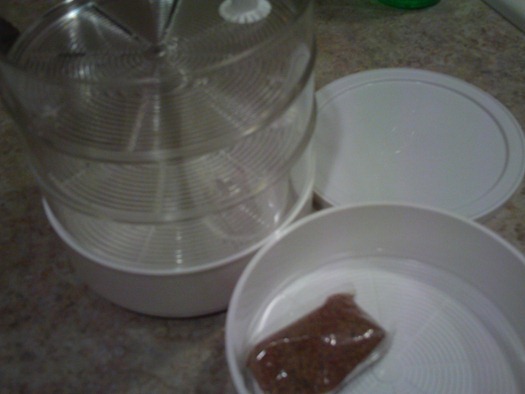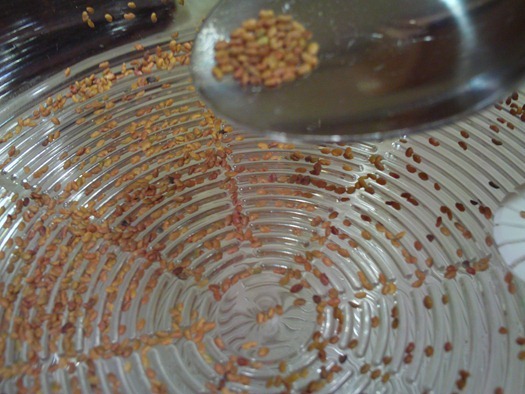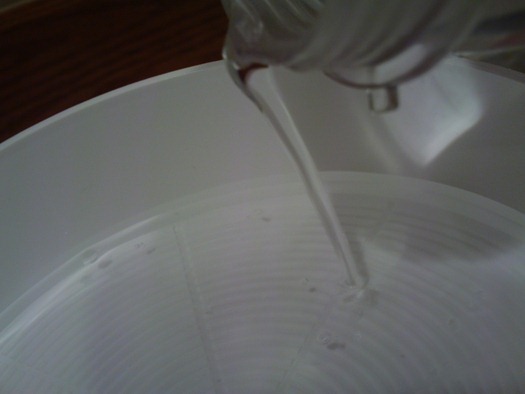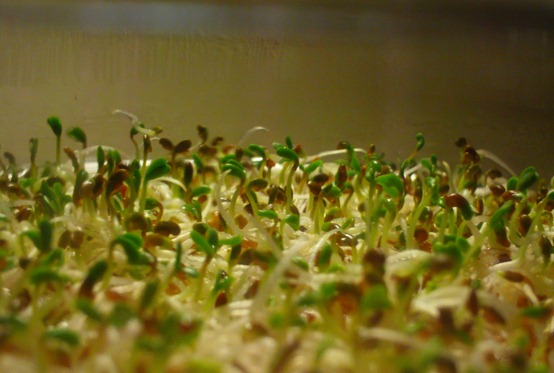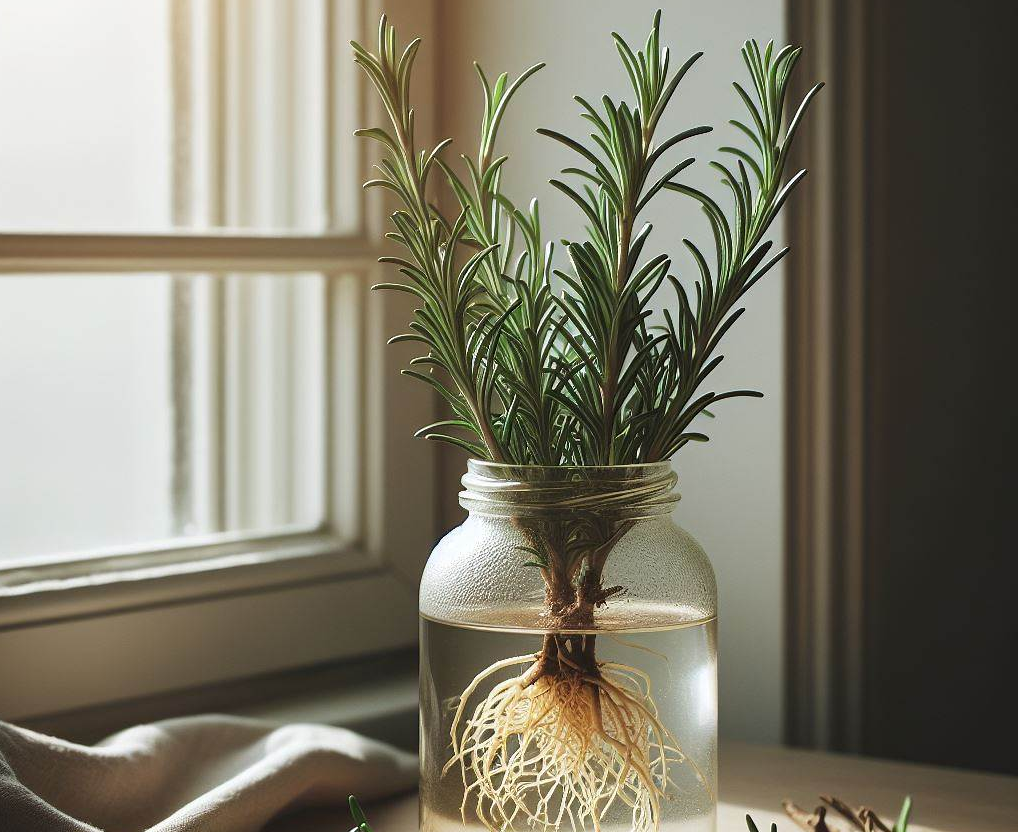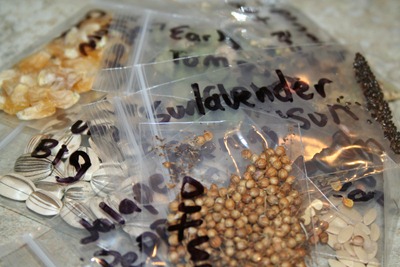Frugal way to grow a garden with bird seed for temporary spaces
12.2 years ago birds, seed saving 3 Comments
Many people love bird watching. It is the favorite pastime of many gardeners too. For drawing the birds to the garden, you need to use the feeders. Instead of buying and storing the feeders every season, you can as well consider turning a special part of your garden exclusively for attracting birds. If the feeders are able to sprout, you can use them for growing the plants. Once the plants grow and mature, the birds can eat the seeds from the plants directly. Apart from that, you can pick the best seeds and store them away for the next season. If this interests you, here is how to grow bird seed.
1. Find a special spot
If you have a large garden, you can make use of the space effectively. Divide it into many parts. One special spot can be left for the birdseeds. The first thing to do is to find the best spot in your garden to attract the birds. The best thing is to consider an area away from your main garden. The birds will not disturb your garden and other useful items there.
2. Choose a good mixture of seeds
Choose a good mixture of seeds that can produce a wide variety of flowers. This can add a lot of color to the area and attract a lot of different types of birds. When the plants grow and produce different kinds of plants and flowers, various birds come to your garden automatically. In order to make the seeds grow well, you have to take the necessary steps.
3. Growing the plants
The soil should be well suited for growing the type of garden and plants you are looking for. First, begin with loosening the soil with a garden hoe. This will make it easy for planting the seeds. When the soil is ready, take a handful of seeds and scatter them on the loosened soil. Rake some topsoil over the scattered seeds. Sprinkle some water lightly over the topsoil to provide enough moisture for the sprouting.
4. Harvest the seeds
After the plants grow well, they start producing the seeds. Harvest these seeds at the end of the season. Store them properly in an airtight container. They can be used for feeding the birds during the winter season. Or, you can also leave them on the plants so that the birds eat them directly from the plants.
The best thing about these plants is that they will produce different kinds of colorful flowers before producing the seeds. So you will be able to enjoy different kinds of flowers and plants in your garden. At the same time, you can get a large amount of seeds for the next season. This is one of the best ways to produce healthy bird seeds in your own garden without spending money too often. Once you get used to the procedures, it will be easy to maintain the garden and follow the different procedures for taking care of the things. Choose an ideal location in your garden and spend some time with the birds daily. Children can also learn a lot of things from your garden.
About the author: Alia Haley is a blogger and writer. She loves writing on technology and luxury. Beside this she loves gardening in free time. She recently bought a book on Japanese Garden. These days she is busy in writing an article on patio umbrellas.

